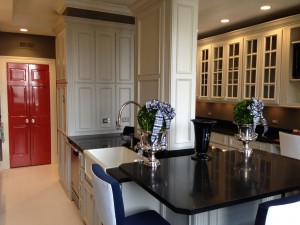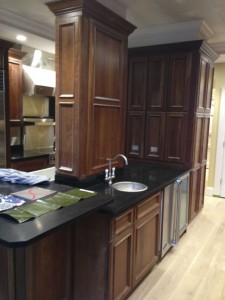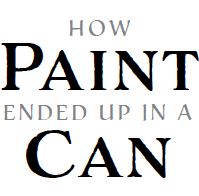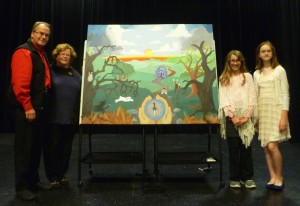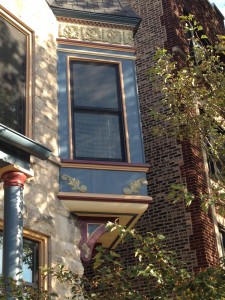During the past year, for the first time in our history as painting and decorating contractors in the Chicago area, our volume of installations of high-end wall coverings has exceeded our volume of decorative painting projects. These wallpaper installations have included numerous Lincrusta, Philip Jeffries, Elitis, J.R. Burrows papers among others. This trend has been building for two or three years now.
When dealing with such exclusive and expensive materials, an additional strong dose of caution is needed. First, the installation must only be handled by the most experienced of craftsmen. By that, I mean someone with a passion for precision in execution and a broad base of knowledge and experience. Many of these papers present some unique challenges. Therefore the installer must also be able to think on his/her feet in problem solving. Lincrusta is a prime example of these installation challenges. Because of its rigidity, and thickness, it is more akin to a floor covering than a wall covering. Great skill must be applied to the cutting of the material.
Second, we take additional installation steps. For instance, we often use a liner paper before installing the wallpaper. We also prime the liner once installed. Skipping that step may ruin the liner (and a wall) if for some reason a sheet needs to be removed after it has begun to set on the liner. High-gloss, solid-color wall coverings (lacquer look) present challenges of their own: every imperfection in the walls with telegraph through the wallpaper, even with the use of a heavy weight liner. Therefore, to ensure a mirror-like appearance, the walls must be skimmed and brought to a level 5 finish, before being primed and installing the liner. These additional steps increase the cost of the project. However, they ensure a successful installation that last a very long time.
High-end wall coverings must be treated with caution and respect. Failure to do so, may result in disaster.







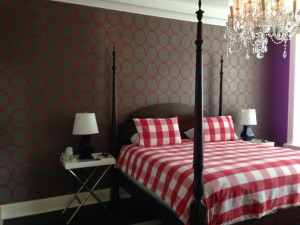
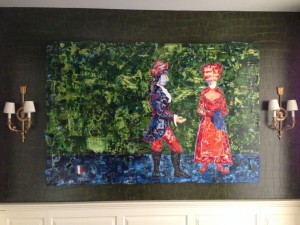
 Follow
Follow

